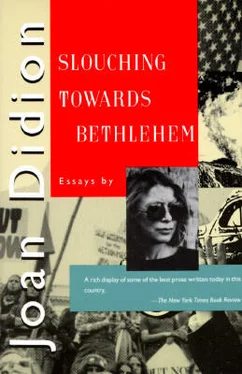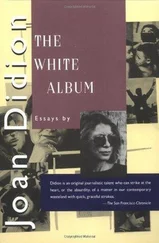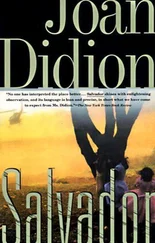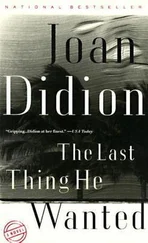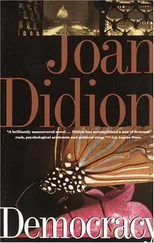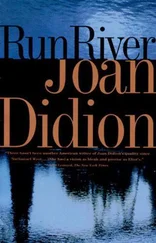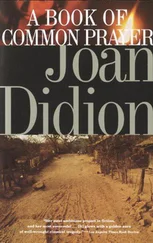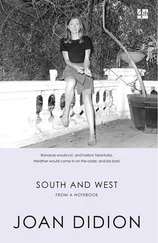“Ecstasy’s not the right word at all,” says the brother-in-law, who has been thinking about it. “It makes you think of some… mundane ecstasy.”
The next day I drop by Max and Sharon’s, and find them in bed smoking a little morning hash. Sharon once advised me that half a joint even of grass would make getting up in the morning a beautiful thing. I ask Max how Krishna strikes him.
“You can get a high on a mantra,” he says. “But I’m holy on acid.”
Max passes the joint to Sharon and leans back. “Too bad you couldn’t meet the Swami,” he says. “The Swami was the turn-on.”
Anybody who thinks this is all about drugs has his head in a bag. It’s a social movement, quintessential romantic, the kind that recurs in times of real social crisis. The themes are always the same. A return to innocence. The invocation of an earlier authority and control. The mysteries of the blood. An itch for the transcendental, for purification. Right there you’ve got the ways that romanticism historically ends up in trouble, lends itself to authoritarianism. When the direction appears. How long do you think it’ll take for that to happen? is a question a San Francisco psychiatrist asked me.
At the time I was in San Francisco the political potential of what was then called the movement was just becoming clear. It had always been clear to the revolutionary core of the Diggers, whose every guerrilla talent was now bent toward open confrontations and the creation of a summer emergency, and it was clear to many of the straight doctors and priests and sociologists who had occasion to work in the District, and it could rapidly become clear to any outsider who bothered to decode Chester Anderson’s call-to-action communiqués or to watch who was there first at the street skirmishes which now set the tone for life in the District. One did not have to be a political analyst to see it; the boys in the rock groups saw it, because they were often where it was happening. “In the Park there are always twenty or thirty people below the stand,” one of the Dead complained to me. “Ready to take the crowd on some militant trip.”
But the peculiar beauty of this political potential, as far as the activists were concerned, was that it remained not clear at all to most of the inhabitants of the District, perhaps because the few seventeen-year-olds who are political realists tend not to adopt romantic idealism as a life style. Nor was it clear to the press, which at varying levels of competence continued to report “the hippie phenomenon” as an extended panty raid; an artistic avant-garde led by such comfortable YMHA regulars as Allen Ginsberg; or a thoughtful protest, not unlike joining the Peace Corps, against the culture which had produced Saran-Wrap and the Vietnam War. This last, or they’re-trying-to-tell-us-something approach, reached its apogee in a Time cover story which revealed that hippies “scorn money — they call it ‘bread’” and remains the most remarkable, if unwitting, extant evidence that the signals between the generations are irrevocably jammed.
Because the signals the press was getting were immaculate of political possibilities, the tensions of the District went unremarked upon, even during the period when there were so many observers on Haight Street from Life and Look and CBS that they were largely observing one another. The observers believed roughly what the children told them: that they were a generation dropped out of political action, beyond power games, that the New Left was just another ego trip. Ergo, there really were no activists in the Haight-Ashbury, and those things which happened every Sunday were spontaneous demonstrations because, just as the Diggers say, the police are brutal and juveniles have no rights and runaways are deprived of their right to self-determination and people are starving to death on Haight Street, a scale model of Vietnam.
Of course the activists — not those whose thinking had become rigid, but those whose approach to revolution was imaginatively anarchic — had long ago grasped the reality which still eluded the press: we were seeing something important. We were seeing the desperate attempt of a handful of pathetically unequipped children to create a community in a social vacuum. Once we had seen these children, Ave could no longer overlook the vacuum, no longer pretend that the society’s atomization could be reversed. This was not a traditional generational rebellion. At some point between 1945 and 1967 we had somehow neglected to tell these children the rules of the game we happened to be playing. Maybe we had stopped believing in the rules ourselves, maybe we were having a failure of nerve about the game. Maybe there were just too few people around to do the telling. These were children who grew up cut loose from the web of cousins and great-aunts and family doctors and lifelong neighbors who had traditionally suggested and enforced the society’s values. They are children who have moved around a lot, San Jose, Chula Vista, here. They are less in rebellion against the society than ignorant of it, able only to feed back certain of its most publicized self-doubts, Vietnam, Saran-Wrap, diet pills, the Bomb.
They feed back exactly what is given them. Because they do not believe in words — words are for “typeheads,” Chester Anderson tells them, and a thought which needs words is just one more of those ego trips — their only proficient vocabulary is in the society’s platitudes. As it happens I am still committed to the idea that the ability to think for one’s self depends upon one’s mastery of the language, and I am not optimistic about children who will settle for saying, to indicate that their mother and father do not live together, that they come from “a broken home.” They are sixteen, fifteen, fourteen years old, younger all the time, an army of children waiting to be given the words.
Peter Berg knows a lot of words. “Is Peter Berg around?” I ask. “Maybe.”
“Are you Peter Berg?” “Yeh.”
The reason Peter Berg does not bother sharing too many words with me is because two of the words he knows are “media poisoning.” Peter Berg wears a gold earring and is perhaps the only person in the District on whom a gold earring looks obscurely ominous. He belongs to the San Francisco Mime Troupe, some of whose members started the Artist’s Liberation Front for “those who seek to combine their creative urge with socio-political involvement.” It was out of the Mime Troupe that the Diggers grew, during the 1966 Hunter’s Point riots, when it seemed a good idea to give away food and do puppet shows in the streets making fun of the National Guard. Along with Arthur Lisch, Peter Berg is part of the shadow leadership of the Diggers, and it was he who more or less invented and first introduced to the press the notion that there would be an influx into San Francisco during the summer of 1967 of 200, 000 indigent adolescents. The only conversation I ever have with Peter Berg is about how he holds me personally responsible for the way Life captioned Henri Cartier-Bresson’s pictures out of Cuba, but I like to watch him at work in the Park.
Janis Joplin is singing with Big Brother in the Panhandle and almost everybody is high and it is a pretty nice Sunday afternoon between three and six o’clock, which the activists say are the three hours of the week when something is most likely to happen in the Haight-Ashbury, and who turns up but Peter Berg. He is with his wife and six or seven other people, along with Chester Anderson’s associate The Connection, and the first peculiar thing is, they’re in blackface.
I mention to Max and Sharon that some members of the Mime Troupe seem to be in blackface.
“It’s street theater,” Sharon assures me. “It’s supposed to be really groovy.”
Читать дальше
